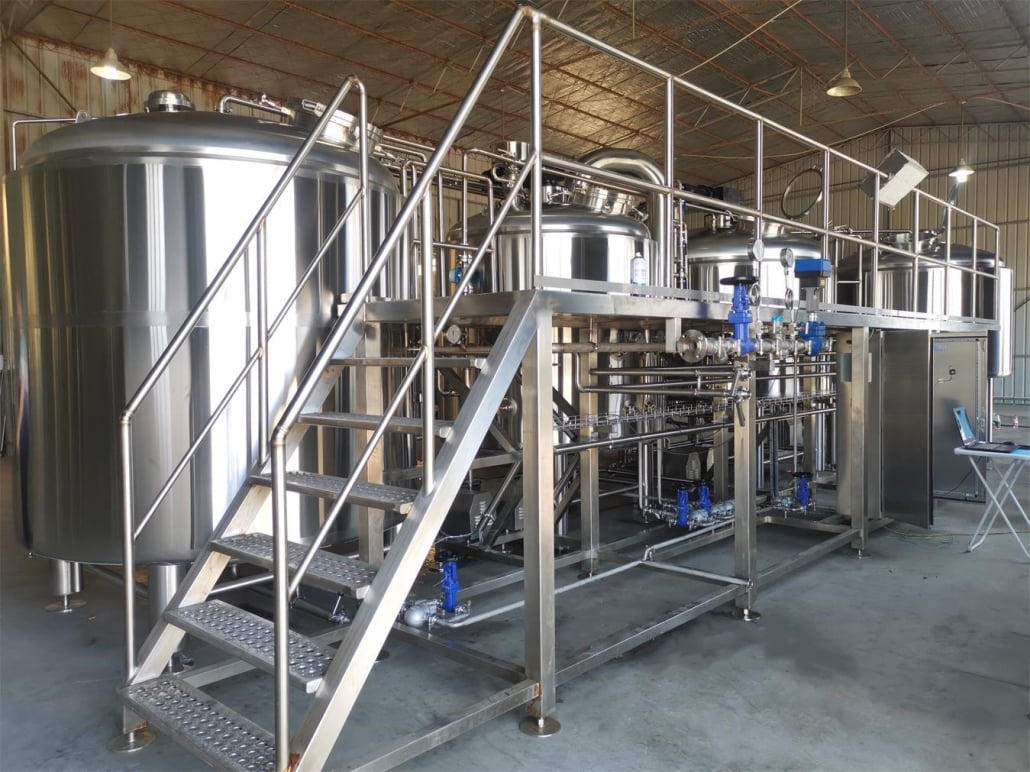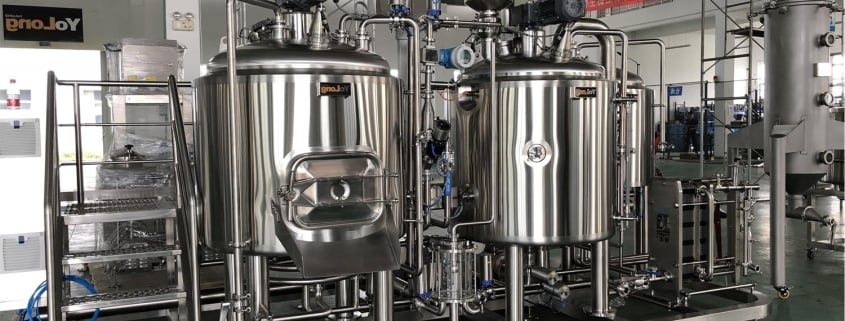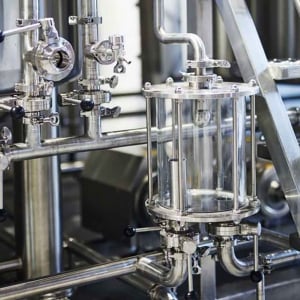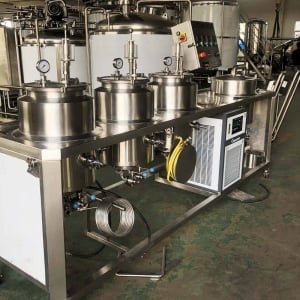40 Gallon HopBack Systems
Overview of 40 Gallon HopBack
A 40 gallon HopBack is a vital piece of equipment in advanced homebrew or craft brewery operations. As its name suggests, it can hold up to 40 gallons of freshly brewed wort and acts as a filter and infuser to add hop aroma and flavor.
In this comprehensive guide, we will cover everything you need to know about 40 gallon HopBack setups – from types, design and customization options to choosing suppliers, installation, maintenance and comparing the pros and cons of different systems.

40 Gallon HopBack Equipment Guide
Types of 40 Gallon HopBack
| Type | Details |
|---|---|
| Cylindrical | Most common type, cylindrical tank with lid and fittings. Conical base allows trub to settle. |
| Square | Unusual but an option. May not drain as effectively. Custom builds possible. |
| Half Barrel Kegs | Used kegs can be adapted into HopBacks on a budget. Limited customization. |
Design and Customization
A 40 gallon stainless steel HopBack offers ample room for customization to your brewery’s needs with regards to:
- Drain and racking port positions and sizes
- Lid design – hinged, removable, with sight glass and openings
- Input configuration – spray nozzle, fixed inlet pipe, rotating sprayer
- Hop containers – mesh bags, removable screens, magnets to hold pellets
- Integrated heating/cooling elements
- Castors and frames for mobility
Discuss options with your equipment supplier early in the process.
Suppliers and Price Range
| Supplier | Starts At | Details |
|---|---|---|
| Professional Brewing Supply | $1500 | Multiple fittings, imported stainless steel |
| Colorado Brewing Systems | $1700 | Custom designs available |
| Brewers Hardware | $1250 | Budget builds, simpler systems |
| Kegco | $900 | Adapted used kegs, limited customization |
Installation, Operation and Maintenance
| Task | Procedure | Frequency |
|---|---|---|
| Installation | Floor mounting is typical. May require plumbing, welding, electricians. | One time |
| Standard operation | Add hops, connect to output of wort chiller, control flow rate. | Per batch |
| Cleaning | Hot PBW and acid rinse. Scrub interior and fittings. Purge remaining liquid. | Each use |
| Maintenance | Inspect for leaks, damage. Check seals and gaskets. | Monthly at minimum |
| Major service | Replace bulkheads, heating elements, lids. | Every 2-3 years |
The HopBacking Process
The purpose of a HopBack is to add extra hop aroma and flavor to finished wort after the boil and chilling process right before fermentation. The cold wort passes through the HopBack filled with whole leaf or pelletized hops for 5-10 minutes. The essential steps are:
- Add 1-2 lbs of hops into the HopBack and seal the lid
- Connect output of your wort chiller to the inlet port with sanitized tubing
- Control flow rate to around 1-3 GPM depending on contact time desired
- Allow wort to infuse for 5-10 minutes as it fills the fermentor
- Drain remaining wort from HopBack completely when done
Temperature control is vital – wort should be under 180F to avoid extracting bitterness. Capacity is also a factor – a 40 gallon HopBack can process a full batch from a 3-5 barrel brewhouse efficiently. Variable speed pumps to control flow rate help dial in the hop infusion to your taste.
Choosing A 40 Gallon HopBack Supplier
Important factors to consider when purchasing your HopBack equipment:
| Parameter | Importance | What To Evaluate |
|---|---|---|
| Construction Material | High | Stainless steel grade, thickness, welds, finishing, longevity |
| Fitting Quality | High | Leak-proof tri-clover fittings, ease of cleaning |
| Customization Options | Medium | Review range of options for your needs |
| Hop Containment Method | Medium | Bag, screen or magnets for pellet hops |
| Budget | Medium | Compare pricing from multiple vendors |
| Lead Time | Low | 6-12 weeks is typical |
| Mobility | Low | Castors, frames useful but not essential |
| Brand Reputation | Low | Well-known vendors provide support |
Get quotes from at least three equipment suppliers before deciding. Prioritize key features like stainless steel grade and seamless welds over minor details. Customization is easier to do upfront rather than modifying later.
Comparing Pros and Cons of 40 Gallon HopBack Options
Cylindrical HopBack
Pros:
- Conical bottom effectively settles trub
- Easier cleaning and drainage
- Matches other brewery vessels – uniform look
- Efficient hop saturation
Cons
- More expensive than simple square tanks
- Space considerations with rounded shape
- Limited flexibility in port positions
Square Stainless HopBack
Pros:
- Potentially lower cost than cylindrical
- Easy to customize design
- Flexible input and output configuration
- Uses space efficiently with square footprint
Cons:
- Trub and sediment removal may be slower
- Does not match rounded vessels in brewery
- Corners harder to clean and inspect
Used Keg HopBack
Pros:
- Very affordable way to start HopBacking
- Easy to obtain used kegs
- Portable and space saving
Cons:
- Limited life span compared to stainless steel
- Difficult to modify or customize
- Smaller capacity – half barrels only

FAQ
Q: What size HopBack do I need?
A: Size your HopBack 20-30% larger than your batch size. A 40 gallon model can handle 10-15 barrels brewed back to back.
Q: Should I buy new or used?
A: Buying used kegs to convert saves money upfront but won’t have longevity of a custom stainless HopBack.
Q: How many pounds of hops do I need?
A: As a rule of thumb use 1-2 lbs of hop pellets or 2-3 lbs whole leaf hops per barrel brewed. Adjust to taste.
Q: Where should I install the HopBack?
A: After your wort chiller but before fermentation tanks is ideal. Gravity feed with adjustable valve.
Q: How often do I need to replace gaskets?
A: Replace lid seals at least annually. Tri-clover gaskets every 2-3 years if no leaks develop.













